I have not been one of those who disliked Paul, although I have had an outstanding misgiving for a long time (I felt he sat on the Slavery fence as depicted in his letter to Philemon his friend. For such a fiery character I expected him to come down heavily on the evil of slavery and tell Philemon that Onesimus owed him nothing). In view of this, I was eager to see how How To Like Paul Again addressed this particular issue and a few of the other issues for which readers of Pauline epistles have grown to dislike him (or not laud him at least) in recent generations.
How To Like Paul Again is a small volume that surprisingly left a huge impression on my view and appreciation of the Pauline epistles. Its approach is incredibly refreshing. It highlights four of Paul’s letters; the one to the church in Ephesus, the church in Corinth, his letter to Philemon and the church in Galatia. In exploring each of these letters severally, the author is guided by two crucial principles. Firstly, that scripture (particularly the New Testament) should be contextualized within the original setting which is the first century before juxtaposing the scenarios into our 21st-century world). Secondly, Paul’s epistles as much as they are believed by Christians to be God-breathed, that they are real letters written to real groups of people. The epistles are part of correspondences between Paul and the addressed. Some are letters written in reply to letters written by the other party, while others are letters written to address real issues that have happened to real people. The epistles were not written primarily as doctrinal statements.
While I was familiar with the first principle, I had not contextualized the second principle before reading How To Like Paul Again. I rarely viewed the Pauline epistles as real letters, which meant I was reading a portion of previously ongoing correspondences. Line by line, the author of this book highlights how Paul’s tone changes based on the nature of the correspondence, his prior and current relationship with the addressed audience and the complexity of the subject. Like eavesdropping on a telephone conversation, a lot can be deduced from the tone of what is heard on one side, we can deduce what has come before, from the what is heard on one side and we can deduce what question is being answered. Deducing what may have led to Paul’s response or his tone is not an exercise in speculative imagination but one that helps us locate our current situations within the many struggles of the first-century church and allows Paul’s words to minister to us in very specific ways. This refreshing approach helps us to solve most of the prevalent accusations against Paul – legalism, misogyny and a perceived lukewarmness towards slavery.
How To Like Paul Again is a very accessible read for non-theologians and not only did I find it illuminating, I found myself reading the scriptures with a fresh zeal and added enthusiasm. It is highly recommended and a new favourite of mine.
4.3/5
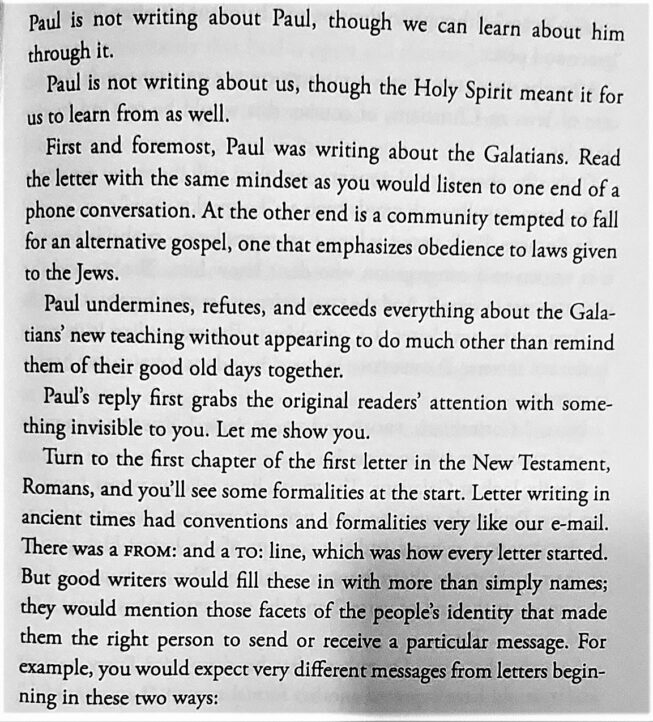
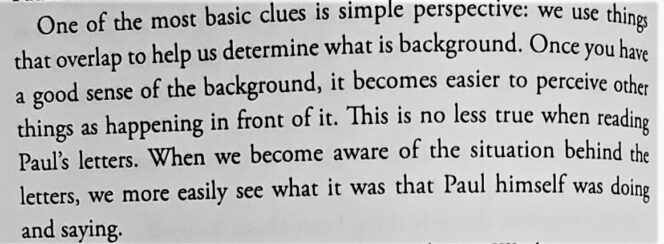
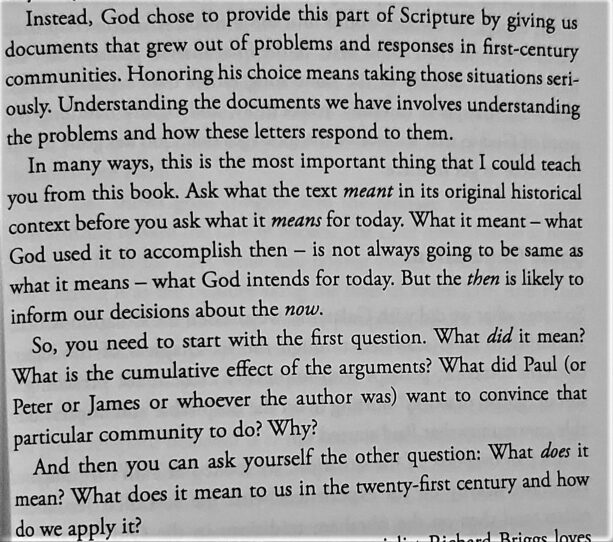
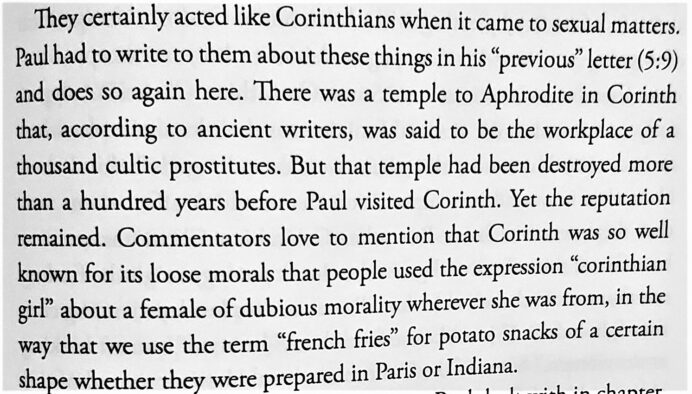
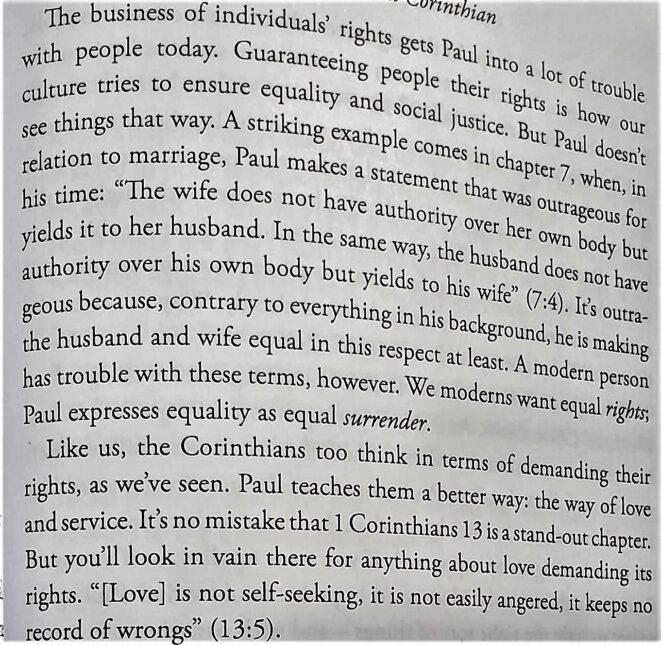
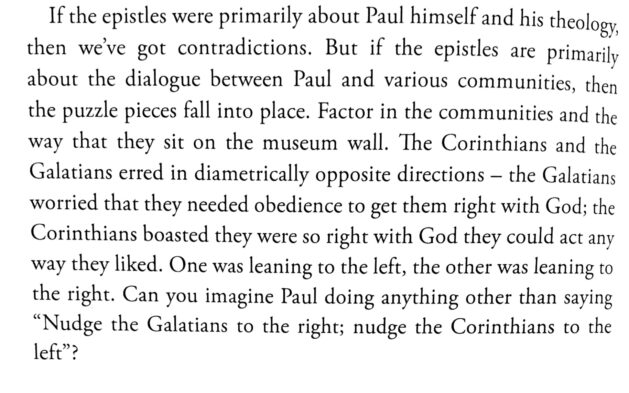
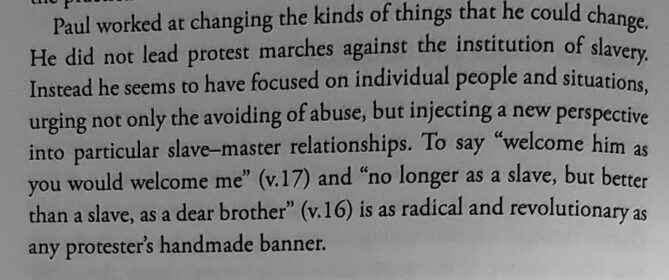
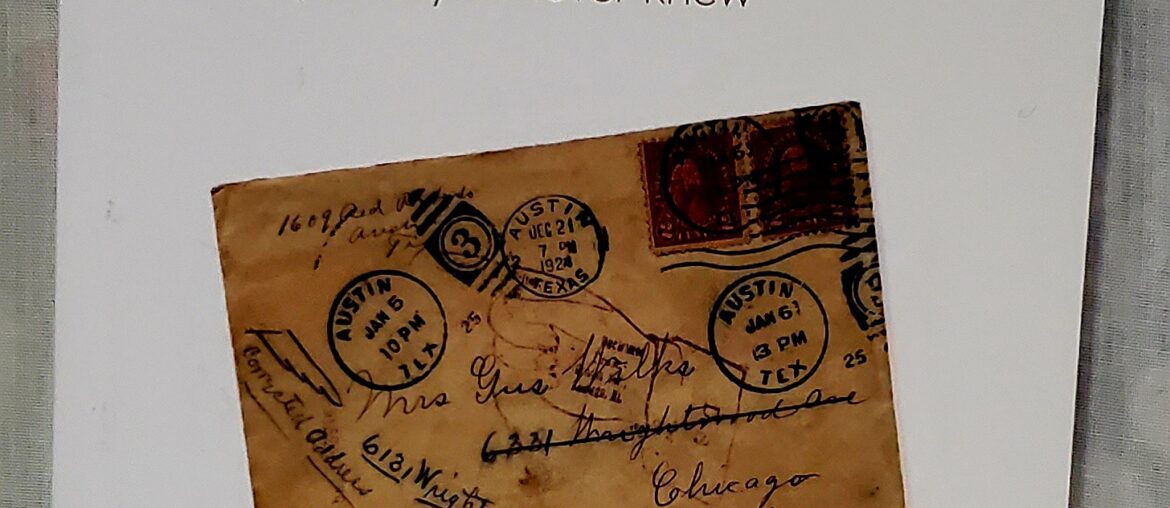



1 Comment
Pingback: My Best Reads of 2022 -